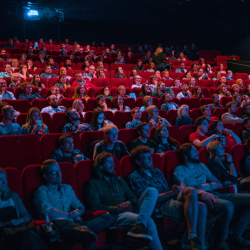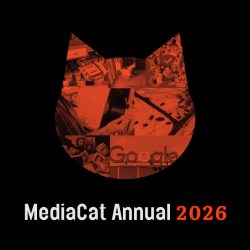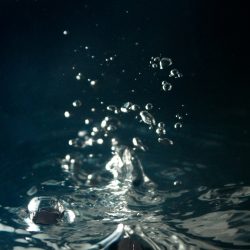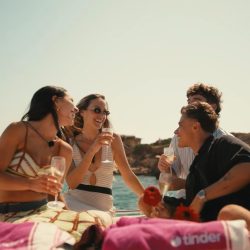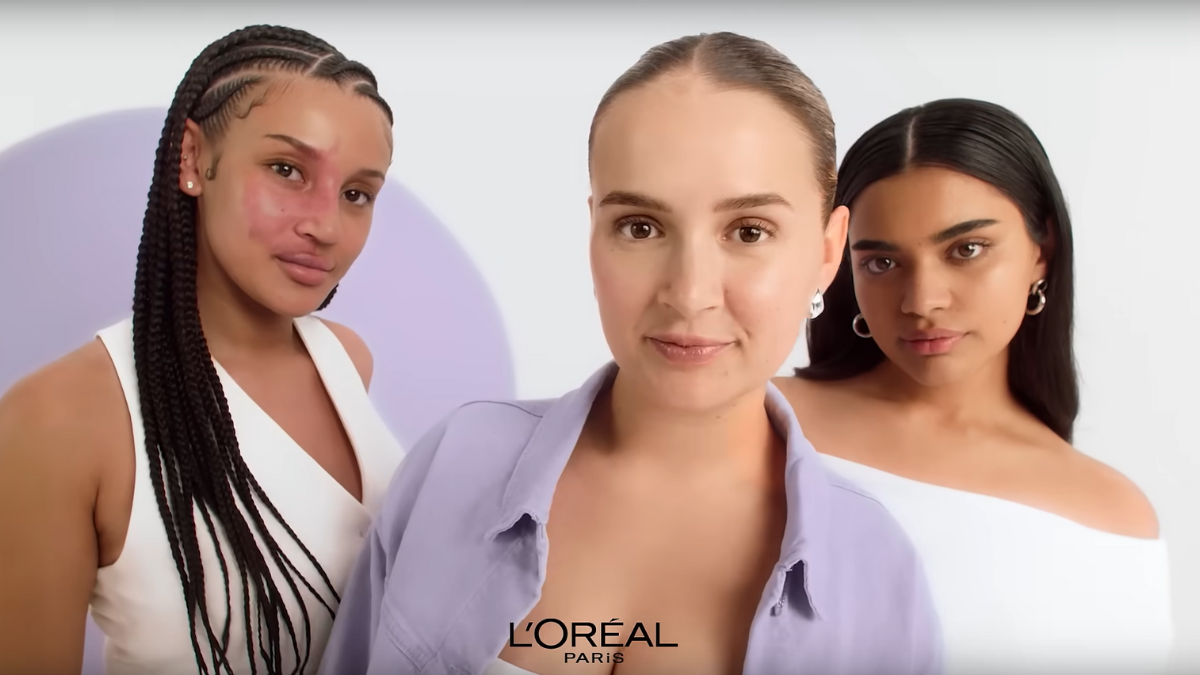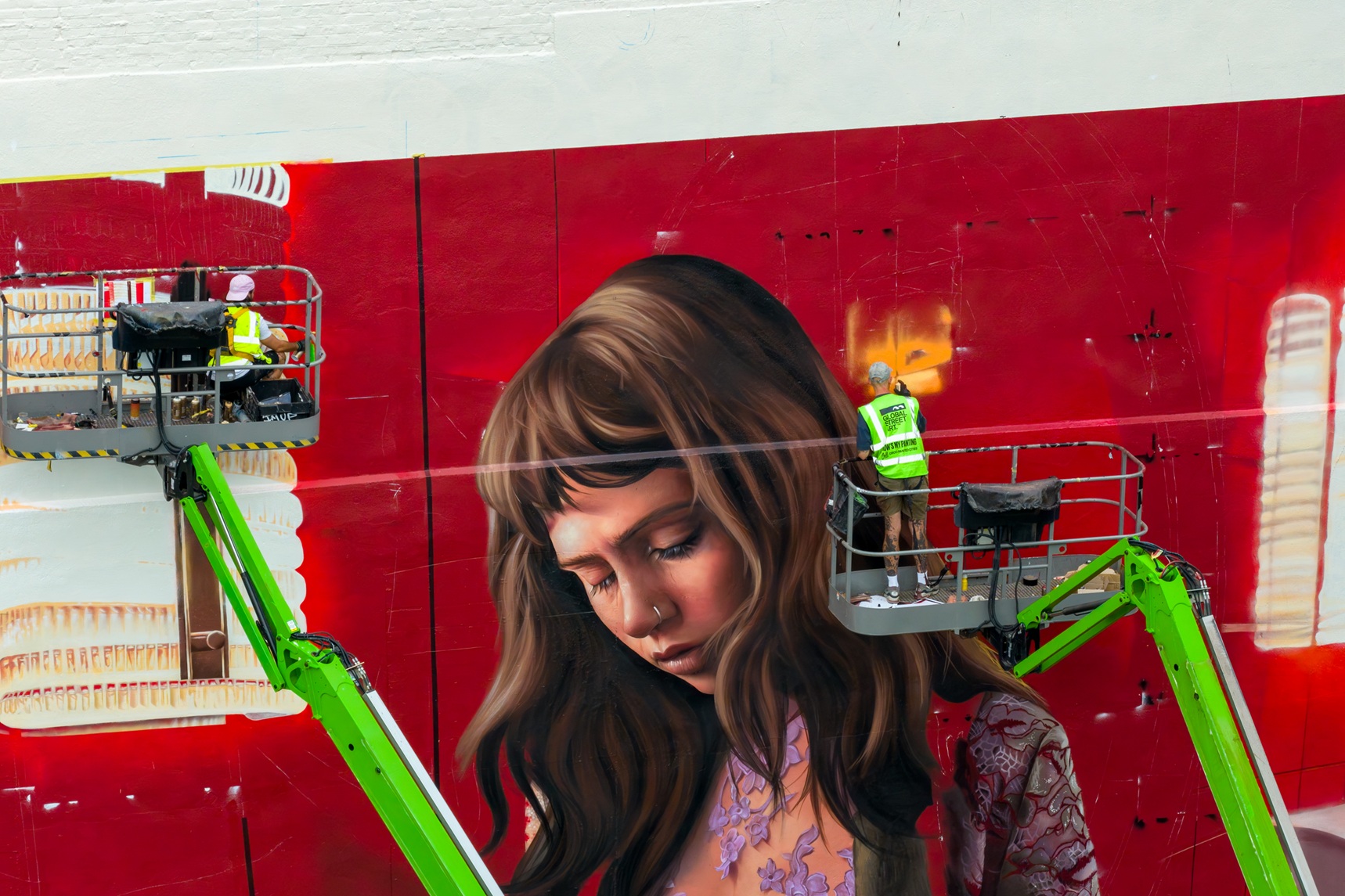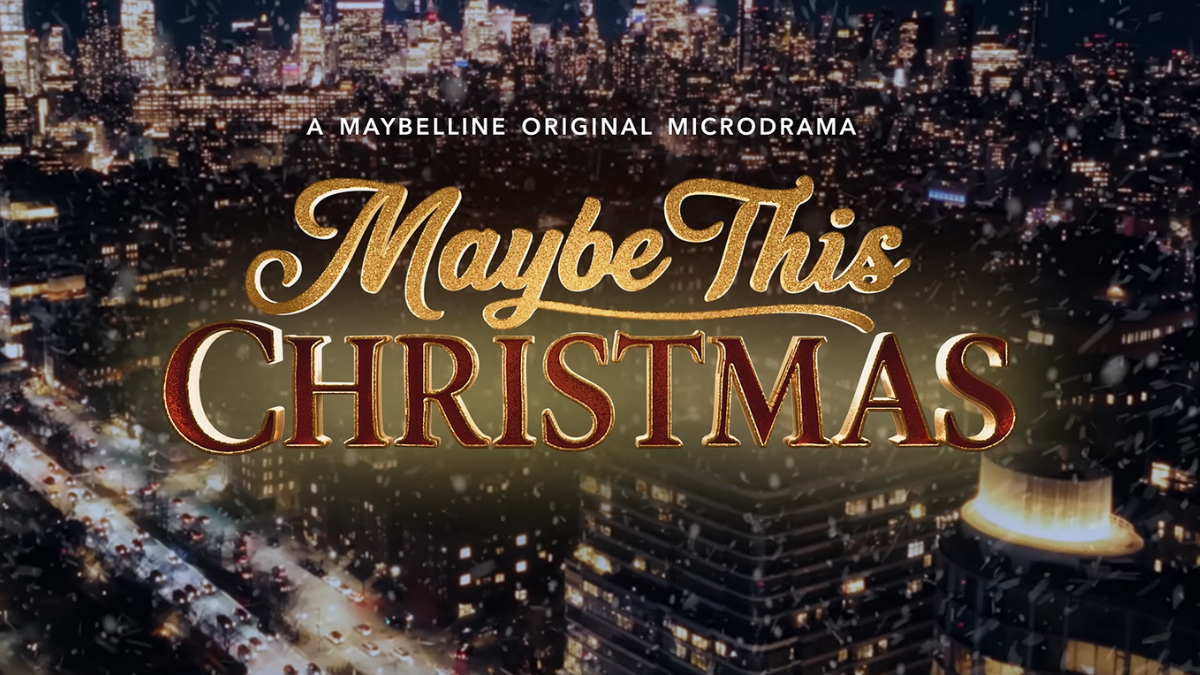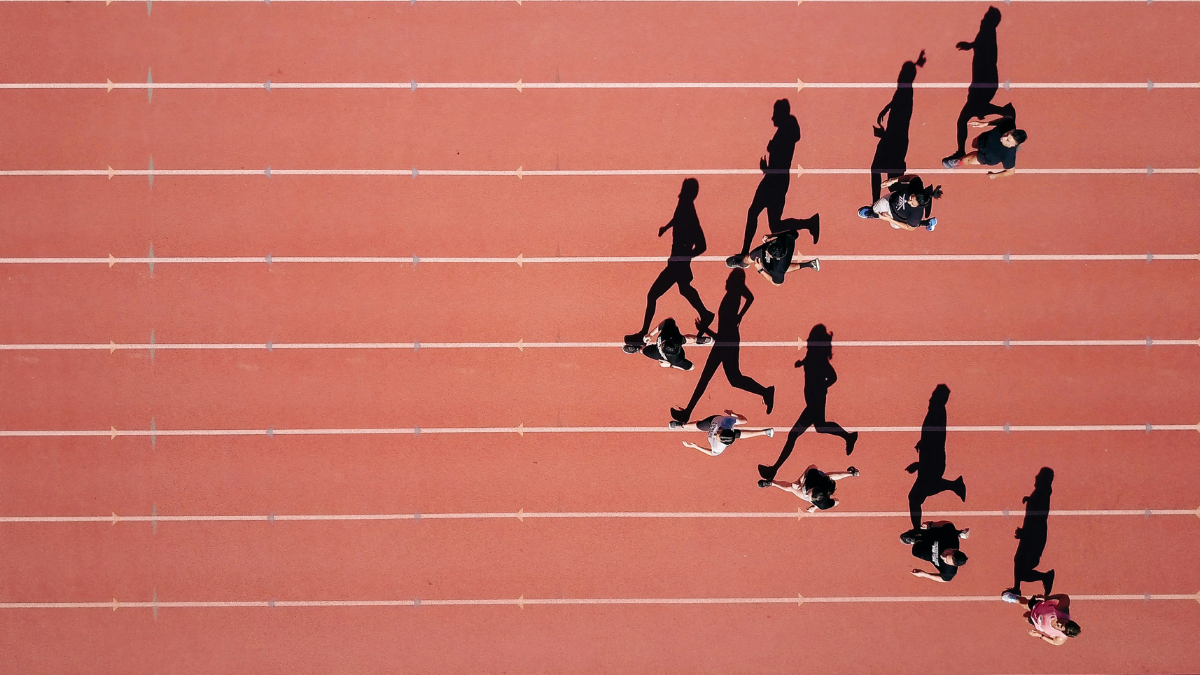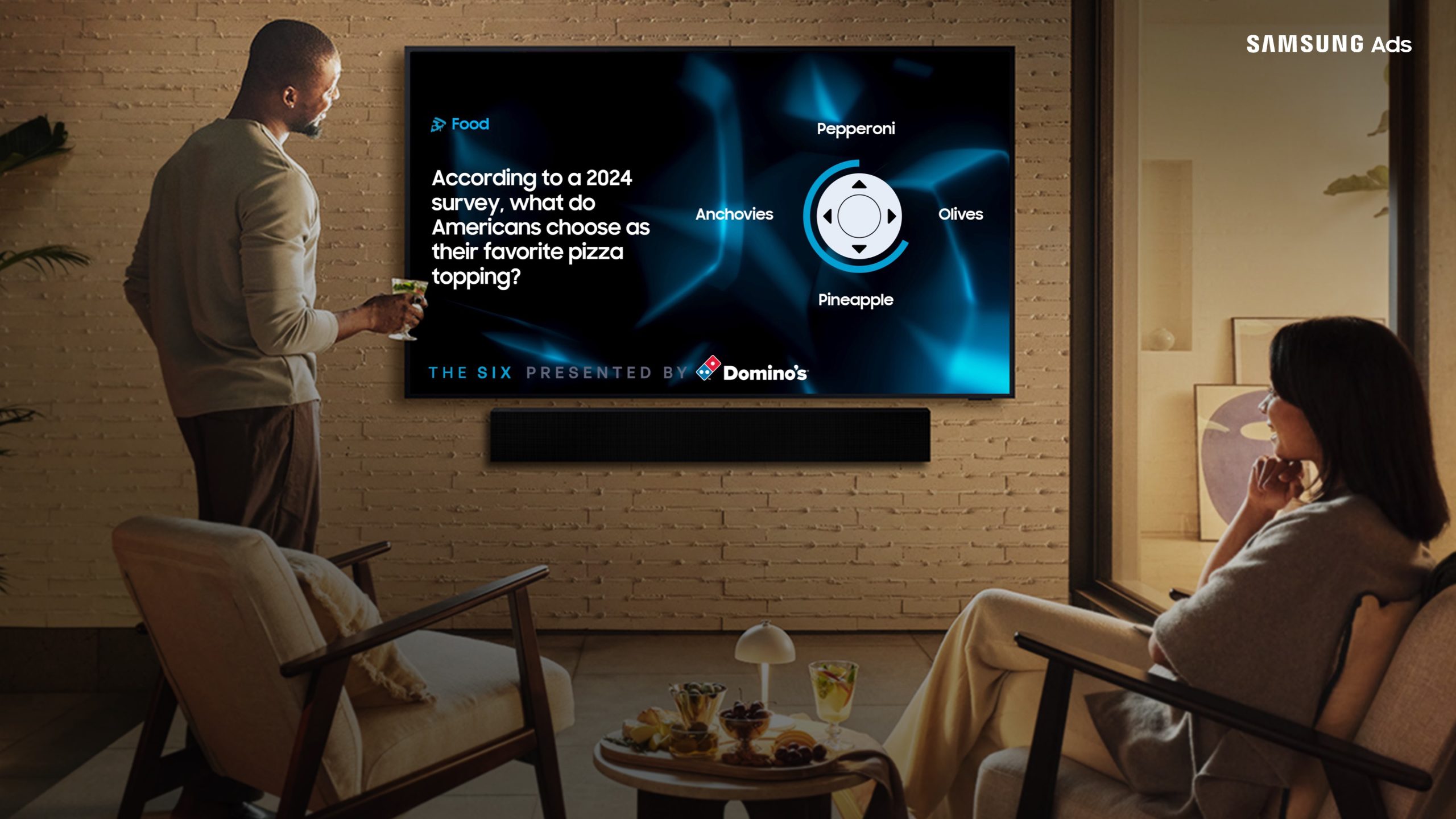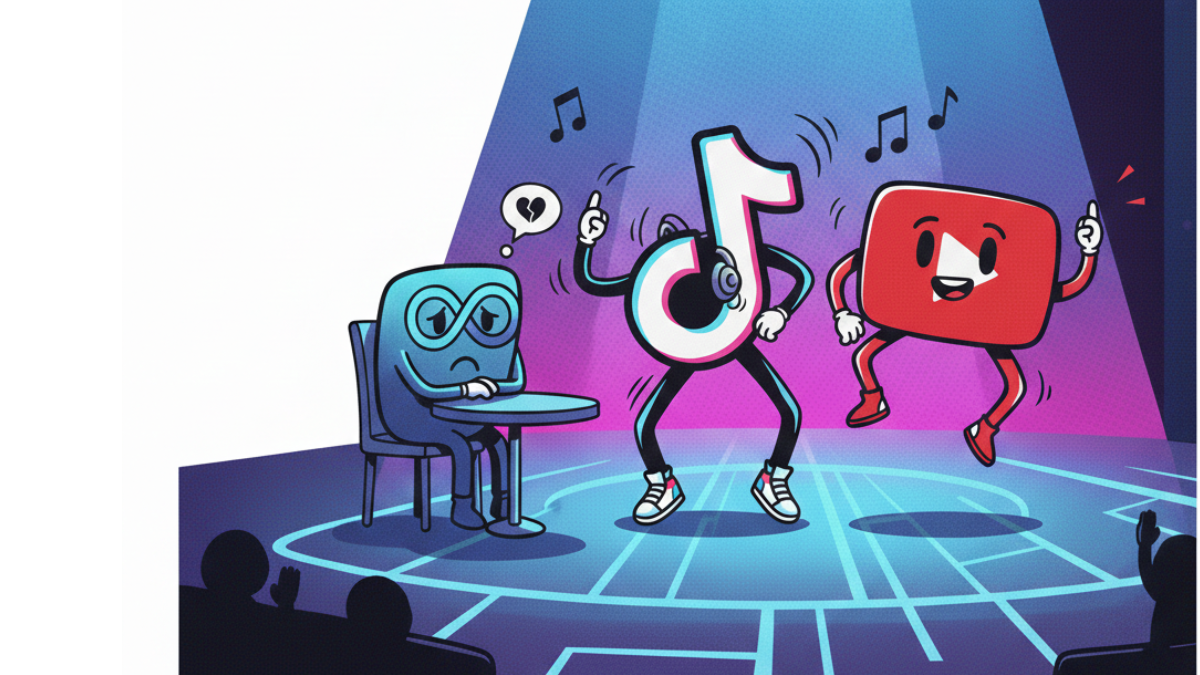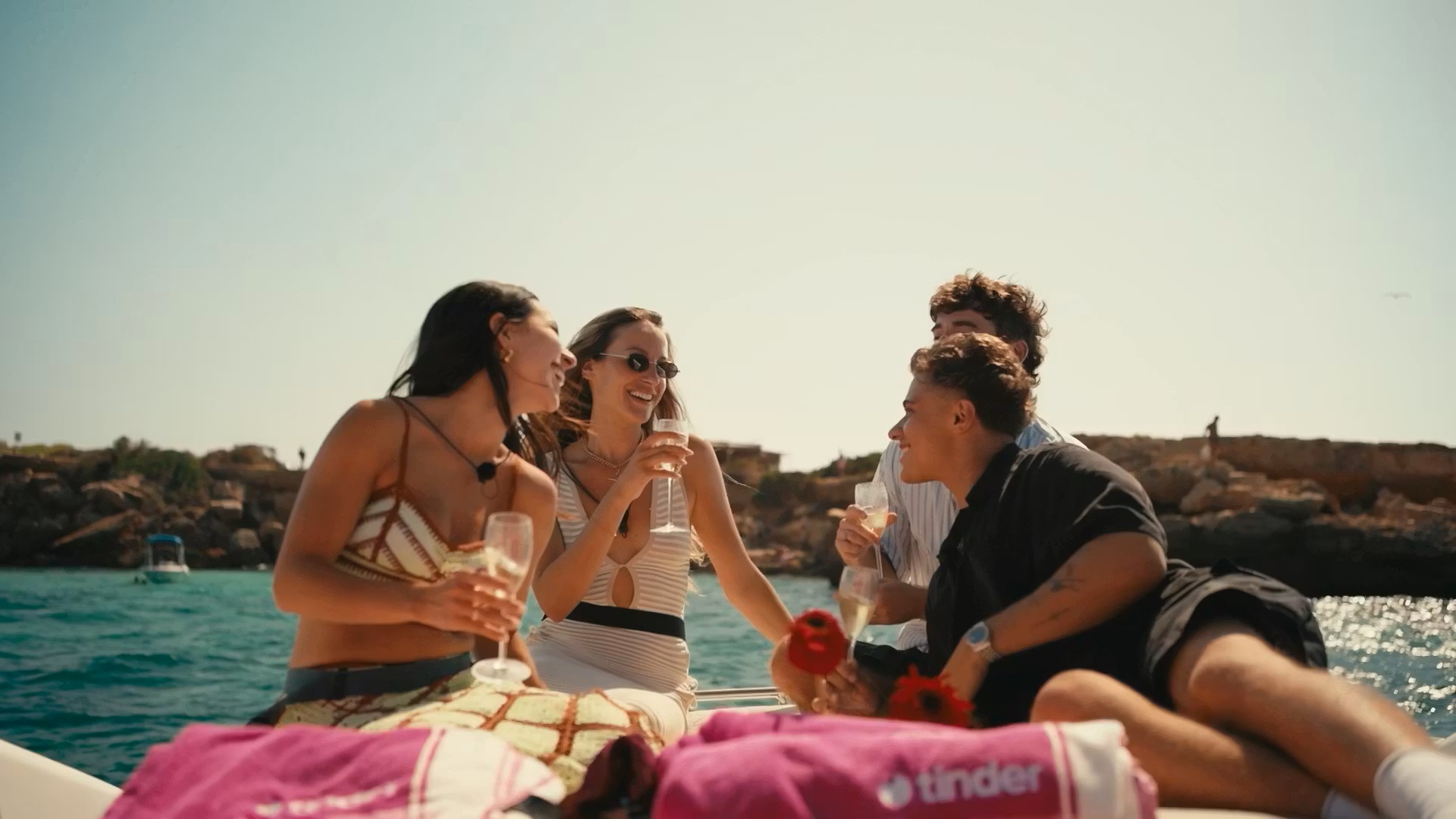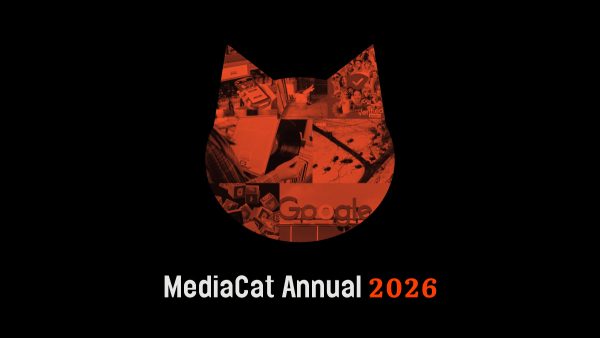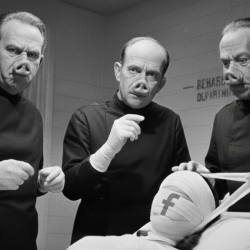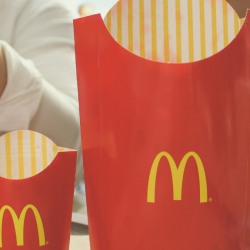The first three episodes of Molly-Mae Hague’s docuseries, Behind It All, aired on 17 January and had fans talking about more than just the star’s fashion line, Maebe, or her ex-fiancé, Tommy Fury — viewers were also impressed by the programme’s ads, which featured Hague herself.
The ads showed Hague promoting L’Oréal and LookFantastic products. The two brands leveraged their existing partnerships with the influencer to book space during Hague’s docuseries on Amazon Prime, with LookFantastic using parts of its ‘What’s In My Beauty Bag?’ video from last summer and L’Oréal broadcasting its 2024 ‘Plump it Yourself’ ad featuring the star.
‘When we heard Molly Mae was releasing her own docu-series we jumped at the opportunity to sponsor it with our Molly Mae ‘plump it yourself’ advert on revitalift filler,’ Lauriane Flais, senior product brand manager at L’Oréal wrote on LinkedIn. ‘Reaching 14M people, 67% 18-34, this sponsorship was a direct line to her highly engaged millennial audience!’
A smart media placement?
Jon Evans, chief customer officer at the creative effectiveness platform System1, agrees that this is ‘a smart media placement’ because, according to his company’s research, ‘ads resonate more when celebrities feel familiar and natural.’
Evans said that ‘a beauty partnership with Molly-Mae aligns well, reinforcing brand associations and tapping into emotions already primed by the documentary, likely driving engagement and short-term impact.’
But, he did point out that there are risks associated with this type of advertising, and chief among these was the danger that Hague would overshadow the brands she was promoting.
‘Stronger branding is essential to ensure those emotions connect to the product, not just her. Media placement matters, but creative codes make the impact last,’ said Evans.
Did Hague steal the brands’ thunder in this case? To some extent, yes.
Fans of the former Love Island-er posted videos on TikTok of the L’Oréal and LookFantastic ads, praising the star’s business mindset. One wrote ‘Molly Mae being the adverts to her own documentary shows how much of a boss she is’, another said ‘Molly Mae putting her own ads for her documentary is absolutely iconic’, and a third, ‘absolutely goals for Molly Mae being an ad on her OWN documentary’.
Superdrug also took advantage of the ads and posted photos of the L’Oréal products in its store on TikTok. It wrote ‘POV: you’ve just watched the Molly Mae documentary’ and captioned the images ‘imagine being the ad to your own documentary.’
Sometimes it works, sometimes it doesn’t
Another risk associated with this type of advertising is breaching the rules about ads being recognisable in the BCAP code, which Amazon Prime is subject to. Evans touched on this, saying that although the code is clear, ‘today’s world of seamless content and influencer marketing’ results in blurred lines.
‘Blurred lines can backfire, risking complaints, lost trust, or worse,’ he said. ‘There’s always some risk, but brands that embrace transparency and use strong creative codes won’t just stay on the right side of regulation, they’ll build credibility and engagement in the process.’
Earlier this month, the ASA banned a Scottish Power ad featuring George Clarke on Channel 4 following complaints that the ad was not clearly distinguishable from the show, George Clarke’s Amazing Spaces. The ad’s headline text (George Clark’s Amazing Green Spaces) closely resembled the show’s, using the same font and style.
‘Given the similarity between the beginning of the ad and the television programme, we considered the audience were likely to interpret the ad as programme content,’ the ASA wrote.
Although the commercial was labelled as an ‘ad’, the ASA argued that the text was relatively small and was ‘likely to be overlooked’. The regulator further noted that the references to Scottish Power and its products appeared after a ‘significant portion of the ad had already aired’ hindering audiences from quickly recognising the message as an ad.
Featured image: L’Oréal Plump it Yourself / YouTube
